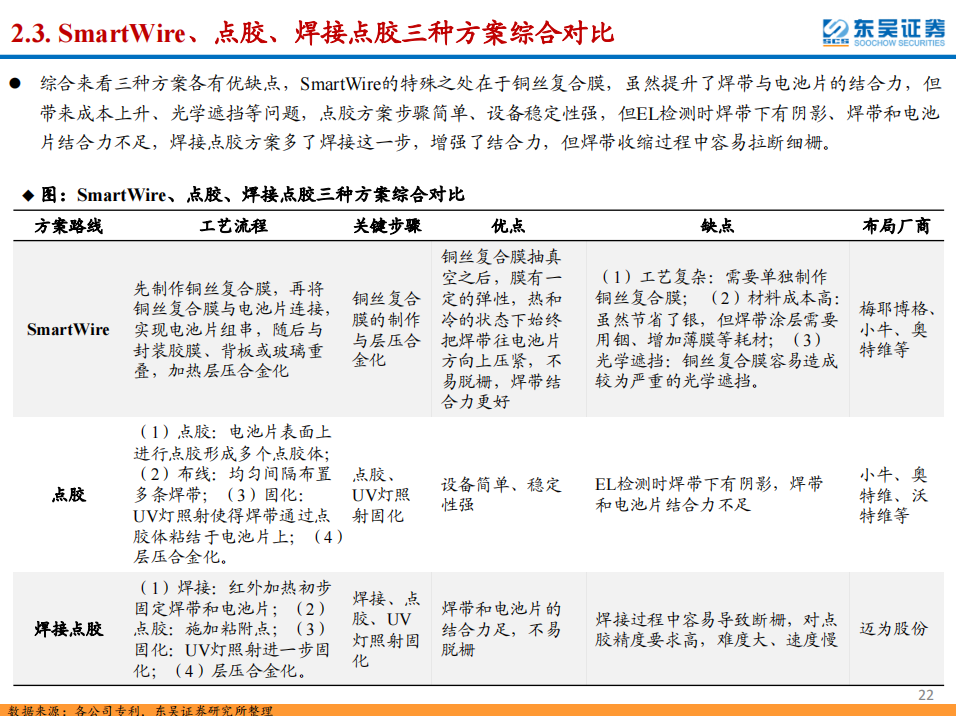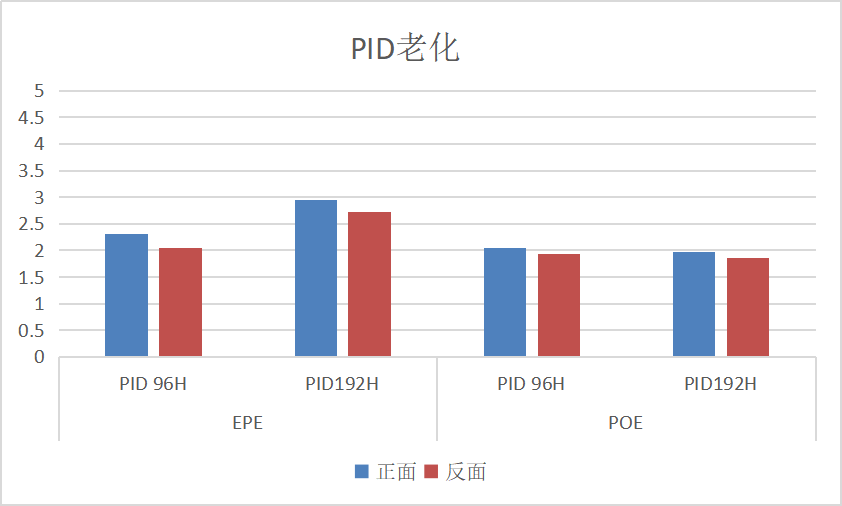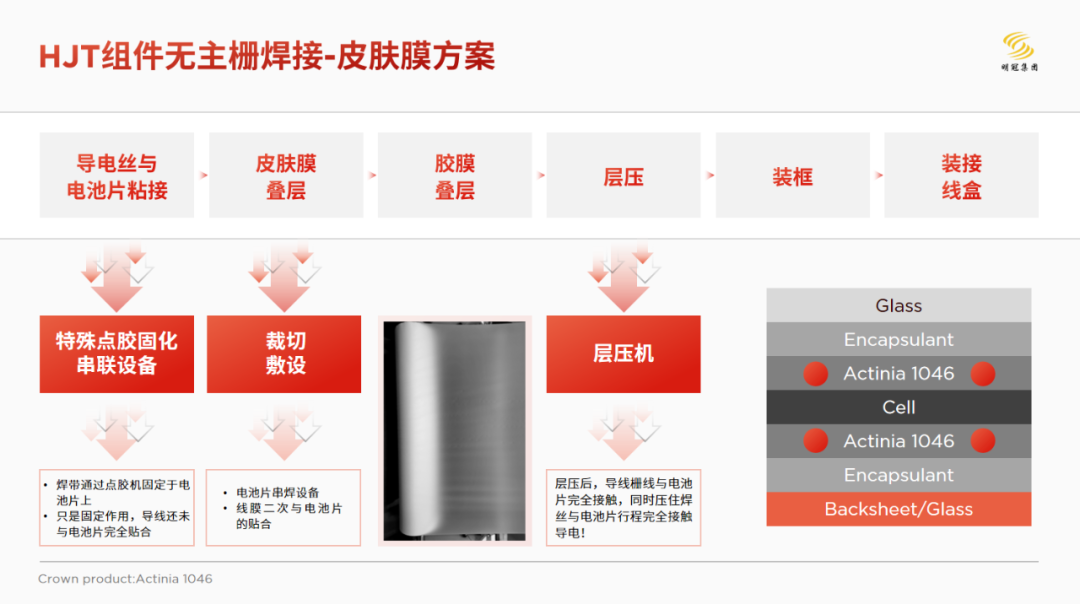Recently, several electric power companies participated in the bidding for central government-owned enterprises’ centralized procurement of PV modules. Solarbe Consulting noticed that in the centralized procurement of central government-owned enterprises this year, the demand for N-type modules notably increased and its proportion kept increasing. For example, in the annual procurement of Shanghai Fuhong, the estimated demand for N-type bifacial glass-glass high-efficiency modules is 800MW and its proportion is 40%; in the annual procurement of the China Coal Group, the demand for N-type 565W+ modules is 2GW and its proportion is above 30%; and in the procurement of the first batch of modules for a SPIC project in Turpan, Xinjiang, all the 624MW modules are N-type.
It is worth noting that in the centralized procurement of PV modules by CNNP Rich Energy in 2023, it was specified for the first time that N-type TOPCon modules and N-type HJT modules must be quoted separately instead of both being categorized as "N-type modules". According to an analyst of Solarbe Consulting, the number of the enterprises bidding for Package 3 (HJT modules) was much lower than those bidding for Package 2 (TOPCon modules) and the bid price was higher than that of PERC modules by 0.15–0.20 yuan/W, but this bid is still seen as a milestone event in the history of HJT technology and is worth celebrating.
A HJT cell (sometimes called HIT or SHJ cell) is known as crystalline silicon heterojunction solar cell. It was initially developed by Sanyo of Japan in the 1990s. A few years ago, the patent protection for heterojunction technology was terminated, so PV enterprises and research institutes increased their investment in R&D regarding this technology. At present, the world record for the highest conversion efficiency is 26.81%.
According to a technical expert, HJT cells are fabricated by depositing a non-crystalline/microcrystalline silicon film on crystalline silicon. They possess the advantages of both crystalline silicon cells and thin-film solar cells, and are characterized by high conversion efficiency, low light-induced degradation, low-temperature process, strong low irradiance response, high stability and low degradation rate. Compared with PERC and TOPCon, heterojunction cells can be produced by a simpler process (only four steps) and have high conversion efficiency, which will increase the installed capacity by unit land area and reduce the balance-of-system cost and levelized cost of energy (LCOE). Today, the prices of HJT cells and modules are relatively high. In the future, cost reduction and cost effectiveness improvement can be achieved through equipment cost reduction and lamellar wafer, silver-coated copper and busbar-free technology.
The HJT solar cell module is also N-type, so why did its mass production happen later? Its production was troubled by the high cost of the cell, large consumption of low-temperature silver paste and costly equipment investment, and the characteristics of HJT cells impose higher requirements for the encapsulating material in the production process. HJT cells also have different technical routes, i.e. multi-busbar technology and busbar-free technology, and the encapsulating material manufacturers in the market offer vastly different encapsulation solutions for heterojunction cells depending on the market demand, technical directions and specific characteristics of cell.
For multi-busbar cells, the encapsulation solutions include conventional POE film + heterojunction cell, high-adhesion POE/EPE film + heterojunction cell/silver-coated copper busbar heterojunction cell/electroplated copper heterojunction cell and high-adhesion EVA/EPE film + base adhesive + heterojunction cell, each with its own advantages and disadvantages.

According to the authoritative statistics, compared with multi-busbar technology, busbar-free technology can reduce the silver paste consumption and silk screen printing equipment investment in cell production, but will increase the consumption of insulation paste and necessitate string soldering machine upgrading in module production. From an overall perspective, however, the material + equipment cost can be reduced by about RMB 0.05/0.025/W compared with the current 15BB technology/future 20BB technology of heterojunction cells. Our organization has summarized the advantages and disadvantages of encapsulation solutions for busbar-free cells.

Despite the numerous encapsulation solutions, Crown has developed its own overall solution for heterojunction cells based on the R&D direction and market demand. For multi-busbar cells, Crown has developed an exclusive heterojunction POE/EPE encapsulation film.
As is well known, HJT cells are usually made into HJT modules as a result of their high bifacial rate. Currently, EVA film has the longest history of application and most extensive applications, but it is unsuitable for HJT modules. The moisture permeability of EVA film is obviously higher than that of POE and EPE. Besides, the free acetic acid generated by the ageing of EVA film will easily corrode the busbar and severely degrade the power generation efficiency of the heterojunction cell. In this context, POE film with excellent moisture insulation that generates no acidic groups is highly favored. In 2019, to meet the new market demands, Crown quickly launched its POE encapsulation film per customer demand, adjusted the formula and process of the film to solve problems in the lamination process such as cell displacement and slips, and developed products to suit the practical production needs of the customers. According to the relevant leaders, the POE encapsulation yield is currently above 99.5%.
In terms of performance, POE is undoubtedly the best encapsulating material for HJT. Considering the potential short supply and high price of POE particles in the future, however, EPE film that can balance performance and price has also gained a large market share. The factor that impacts the ageing resistance of EPE film is that the migration of the core POE additive causes the module to become hot and damp and turn yellow due to ultraviolet ageing, which compromises the module’s service life. To solve this problem, Crown has optimized the material properties against additive migration and ageing, immensely enhancing product reliability. According to the testing data of a module manufacturer, the PID 96H degradation of the POE film of Crown is 1.74% and the 192H degradation is 1.97%, while the PID 96H degradation of its EPE film is 2.31% and the 192H degradation is 2.94%.

Due to the special surface structure of TCO, earlier products such as the EVA film and EPE film had less than 20N adhesive strength on the front side of the heterojunction cell, which could not meet the basic adhesion requirements of encapsulation film. The encapsulation film manufacturers have improved the adhesion between the heterojunction TCO layer and encapsulation film, but it is still difficult to maintain stable adhesive strength. To address this problem, Crown intensified its R&D and developed a second-gen high-adhesion material for HJT cells. This material can meet the 40N+ adhesive strength requirements for both POE film and EPE film.

For busbar-free cells, Crown developed a mesh film solution. Depending on the module process, this film can be a carrier film or skin film, i.e. smart wire or glue dispensing encapsulation methods. This solution can substantially reduce silver paste consumption, improve the encapsulation of busbar-free HJT cells and help with the cost reduction and efficiency improvement of HJT modules. In addition, mesh film has very high water resistance, so module cost can be further reduced without the additional use of a base adhesive.

In the 2023 National Electric Power Supply and Demand Analysis and Prediction Report of the China Electricity Council, it is estimated that by the end of 2023, the installed capacity in the country will be about 2.81 billion kW, including 490 million kW capacity for grid-connected solar power generation. This means that the newly installed capacity for solar power generation in the country is expected to exceed 100GW (ac). According to the prediction of a third-party organization in the industry, the newly installed capacity for PV power generation in the country will reach 120GW (ac) and the capacity for DC power will hopefully reach 150GW. In the whole world, the shipment of PV module manufacturers may exceed 400GW. If HJT manufacturers can seize this opportunity, select more reliable auxiliary materials to enhance product quality and service life, and use the inherent advantages of HJT modules, the shipment amount will potentially reach another high level, laying a firm foundation for the more extensive application of renewable energy.






 Home
Home





